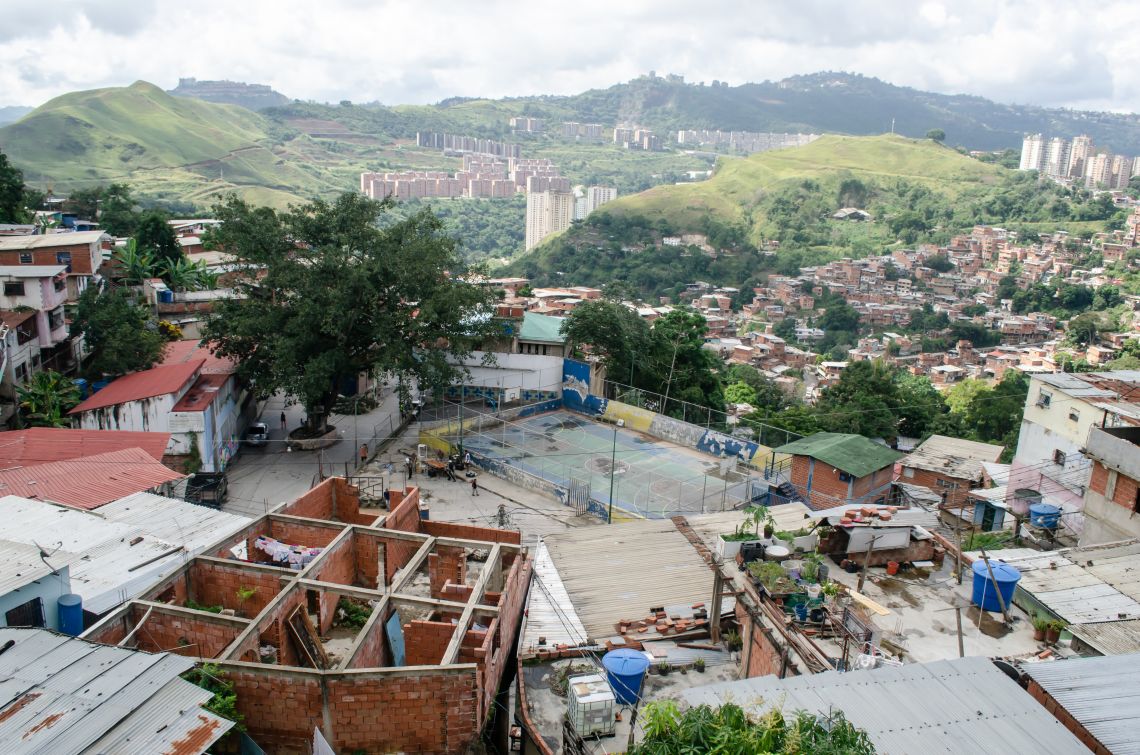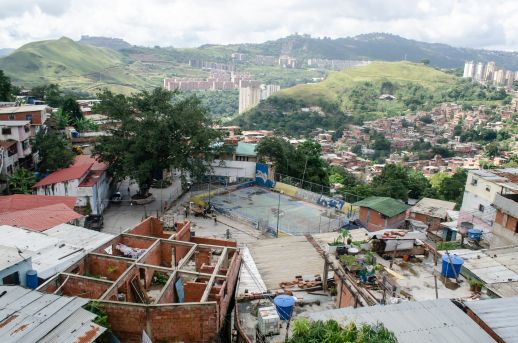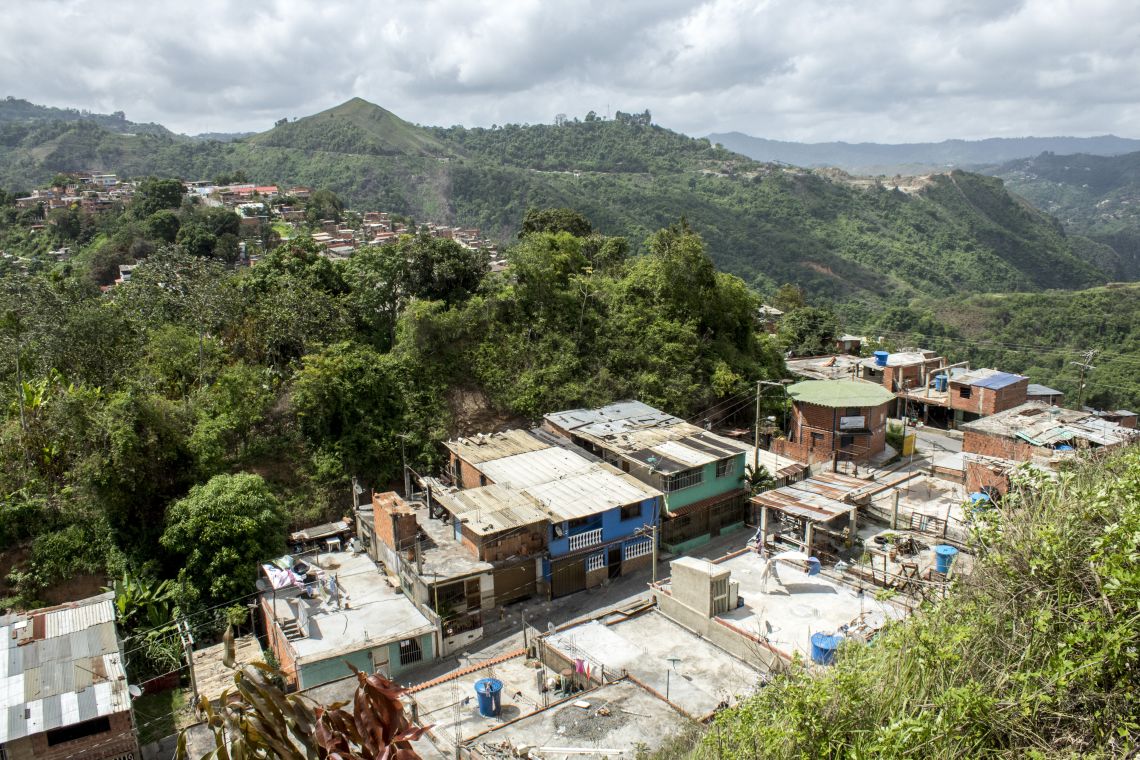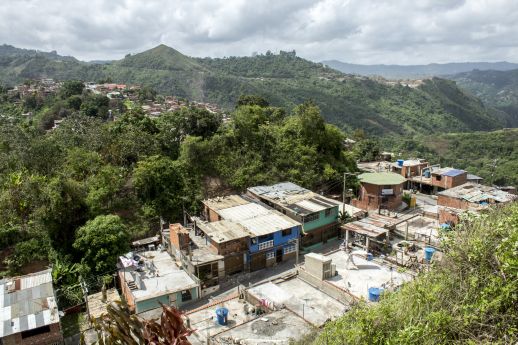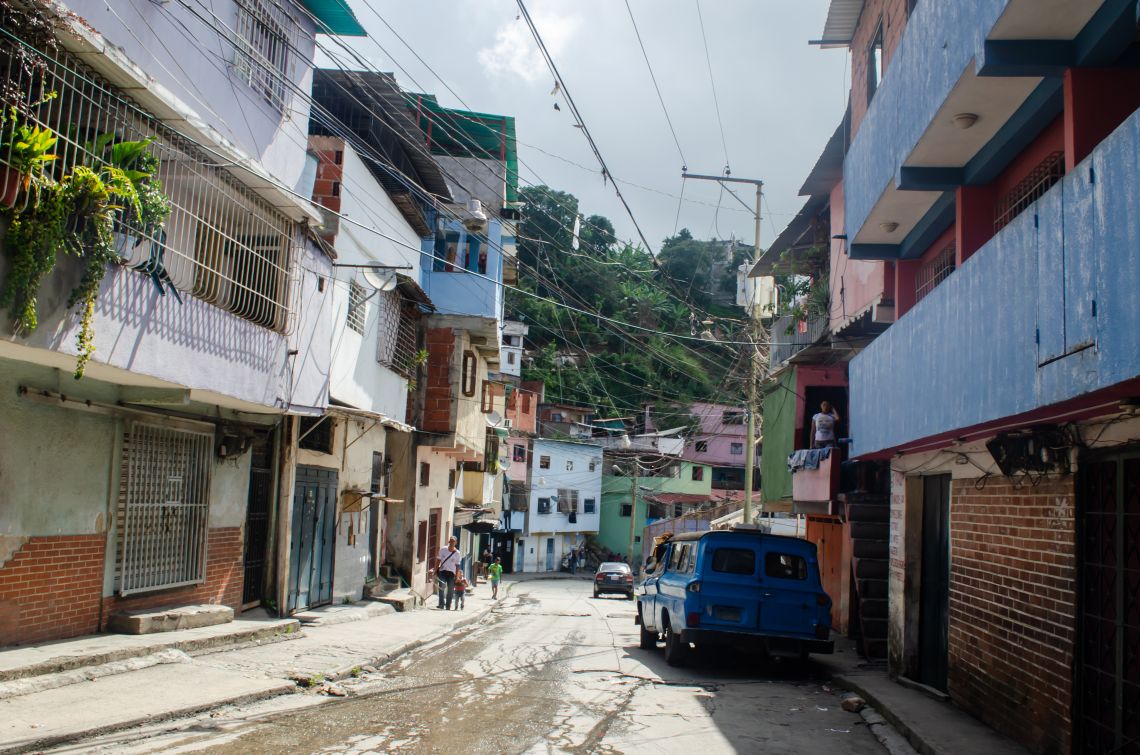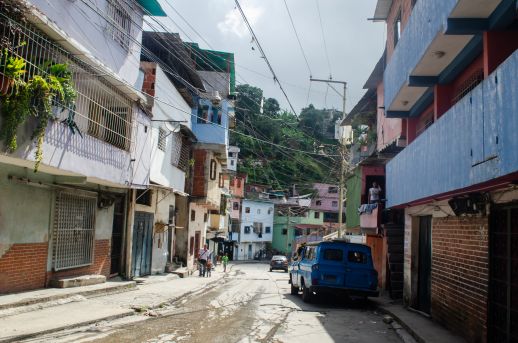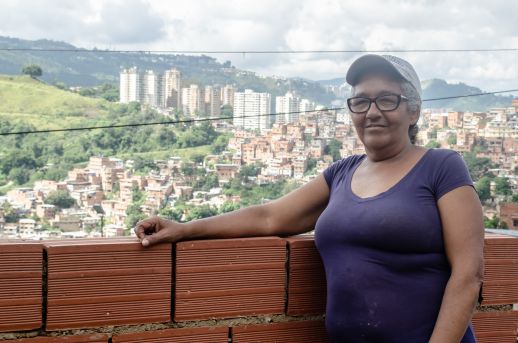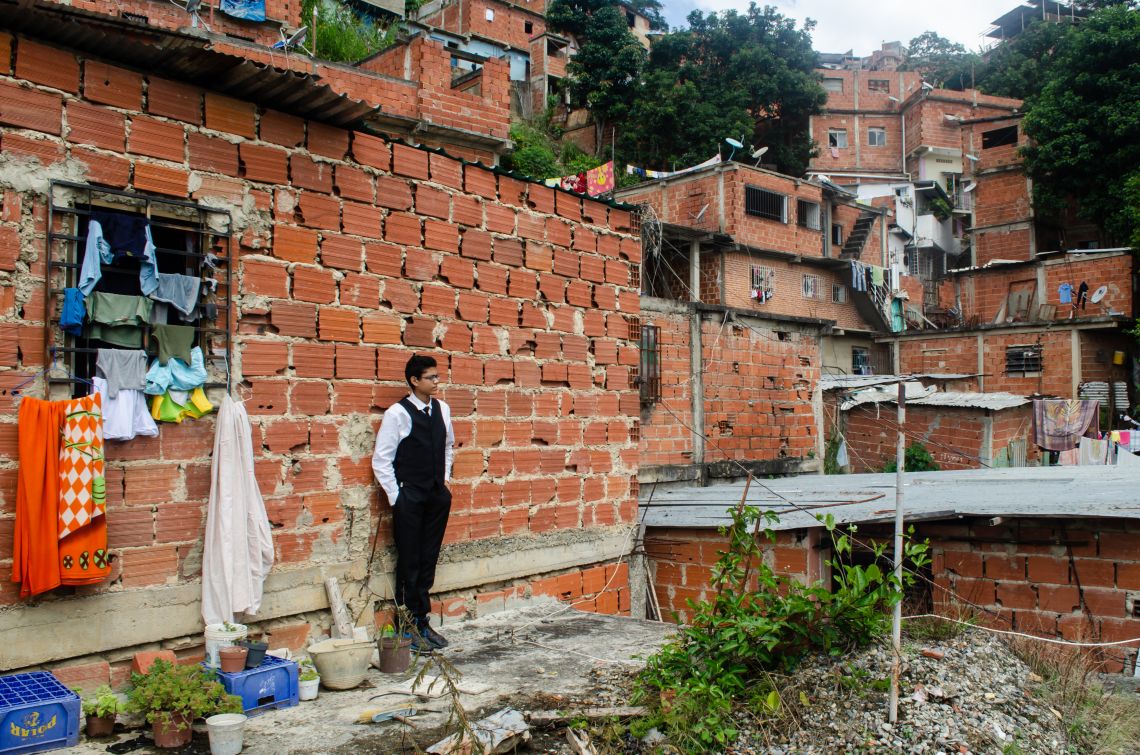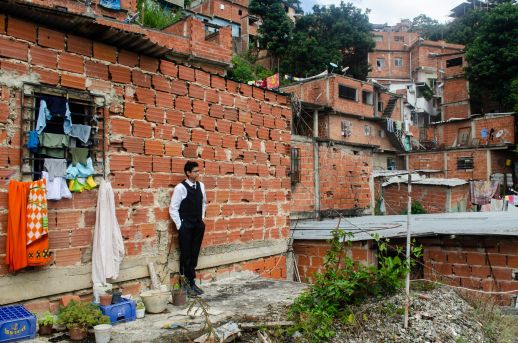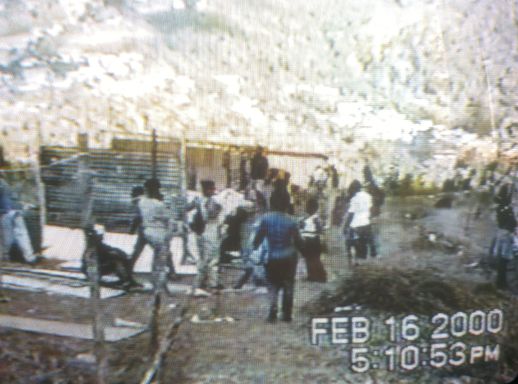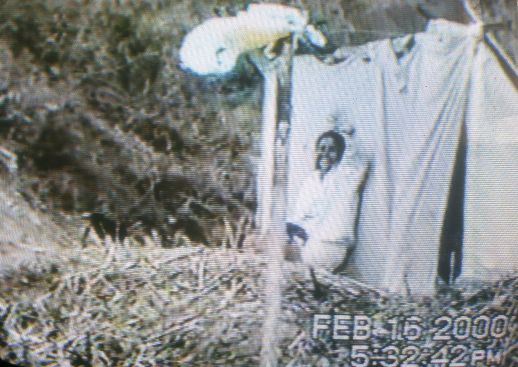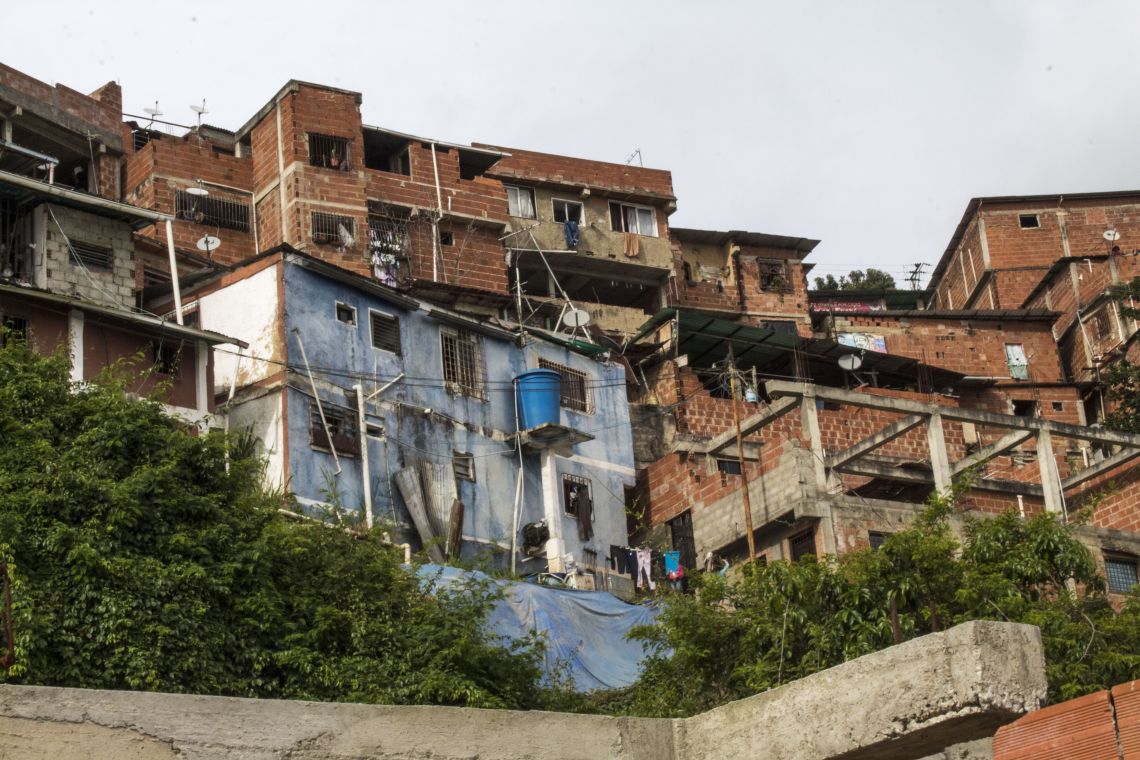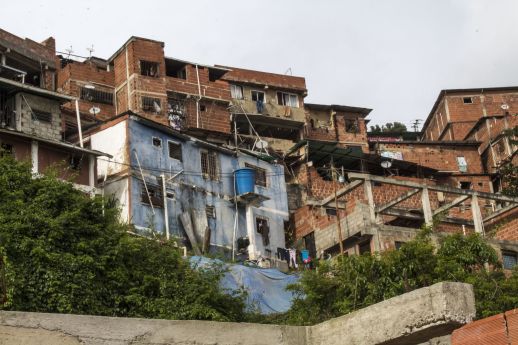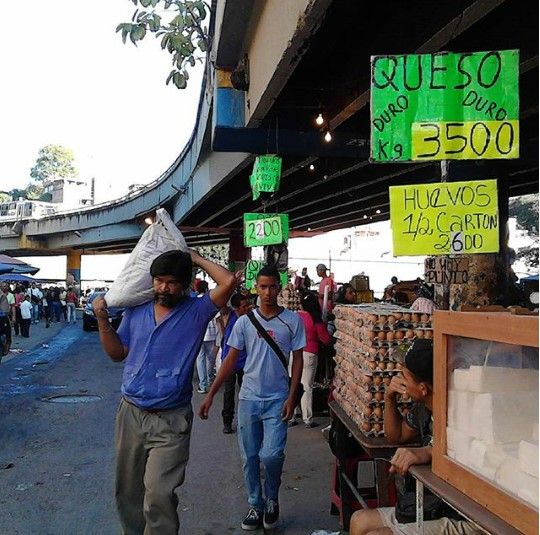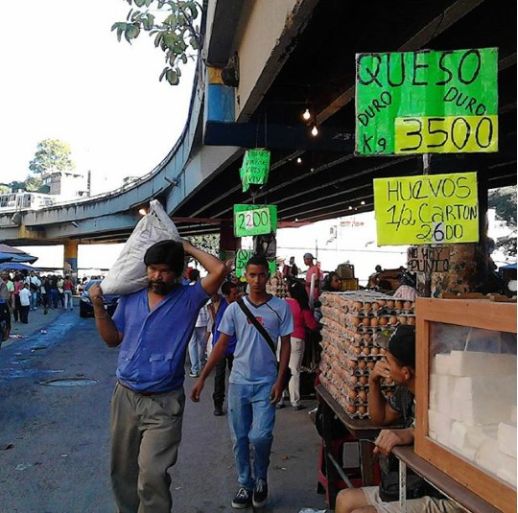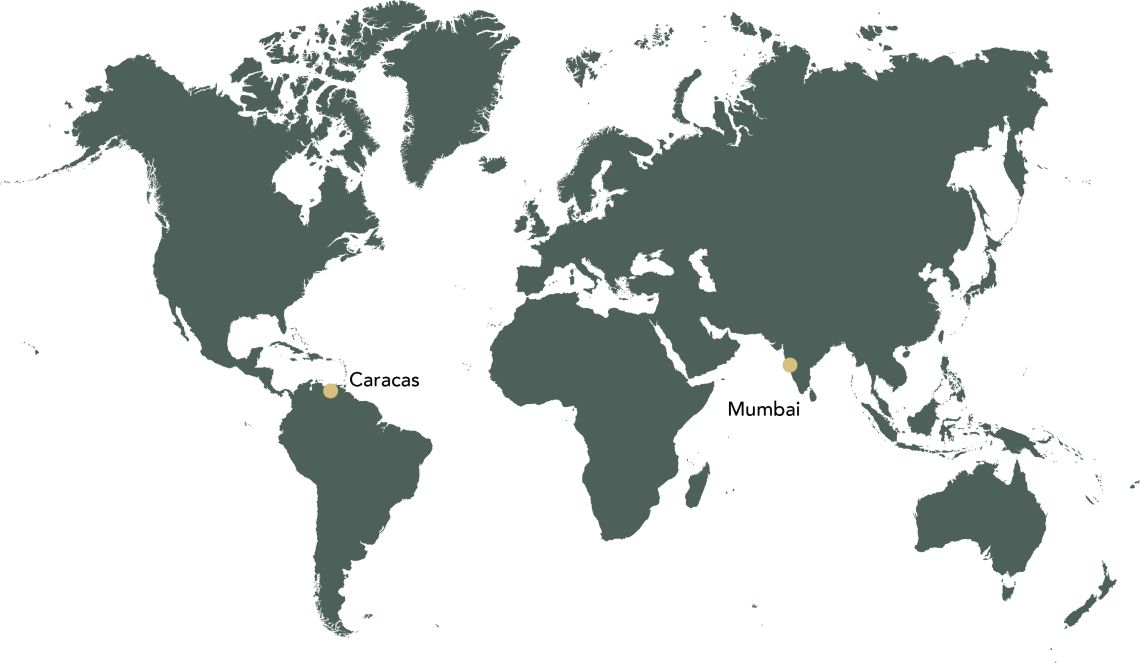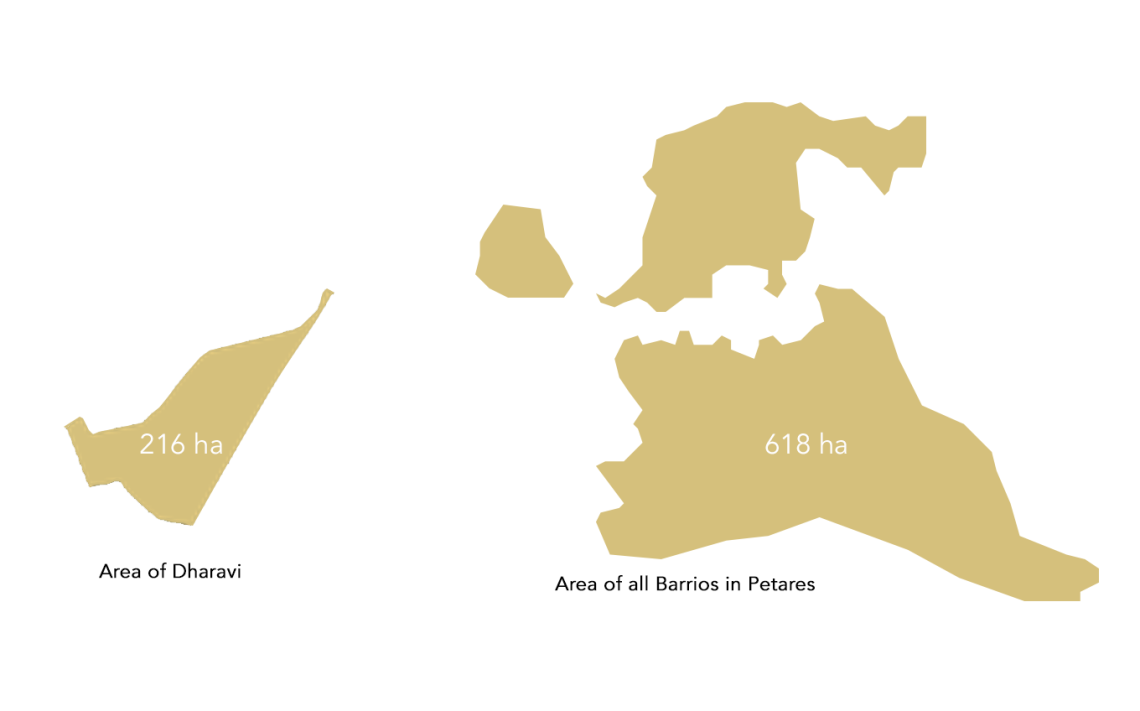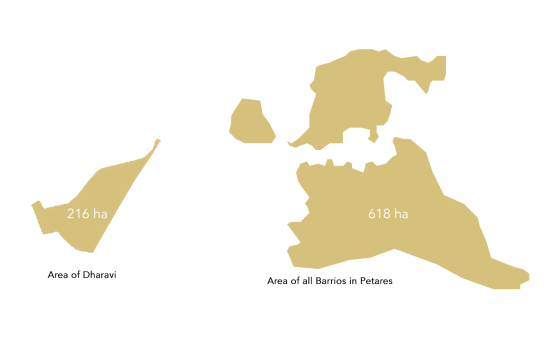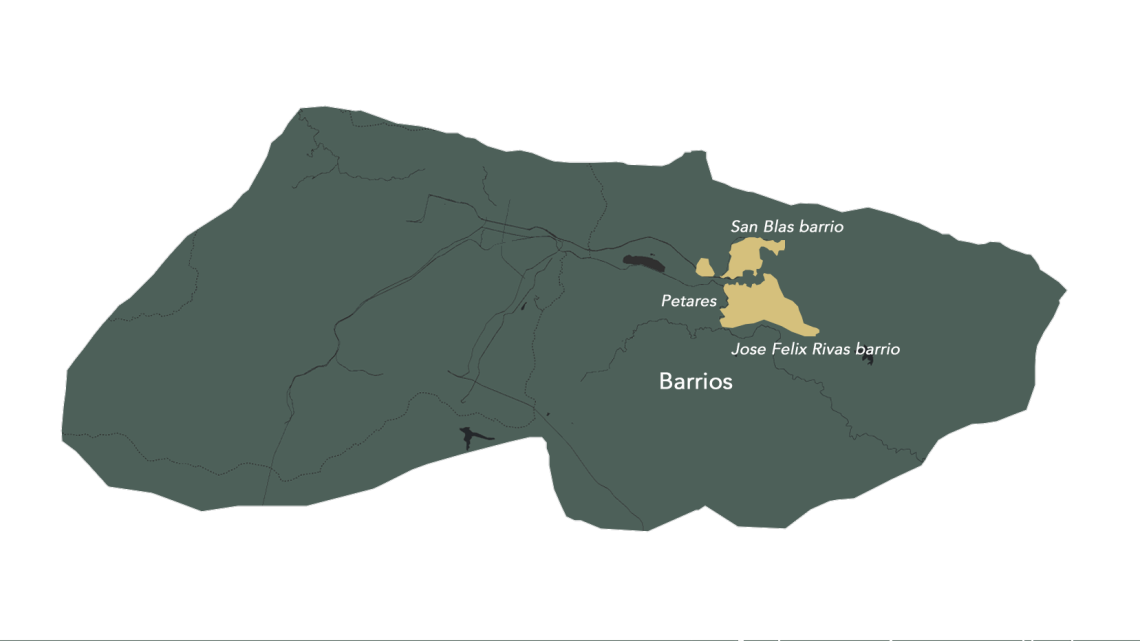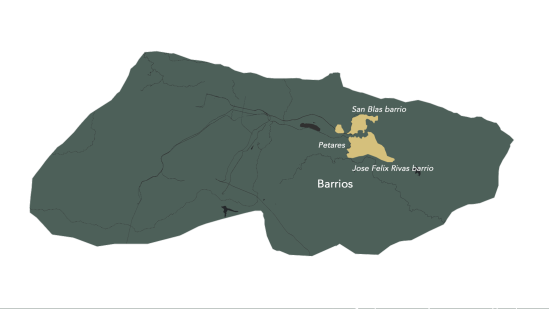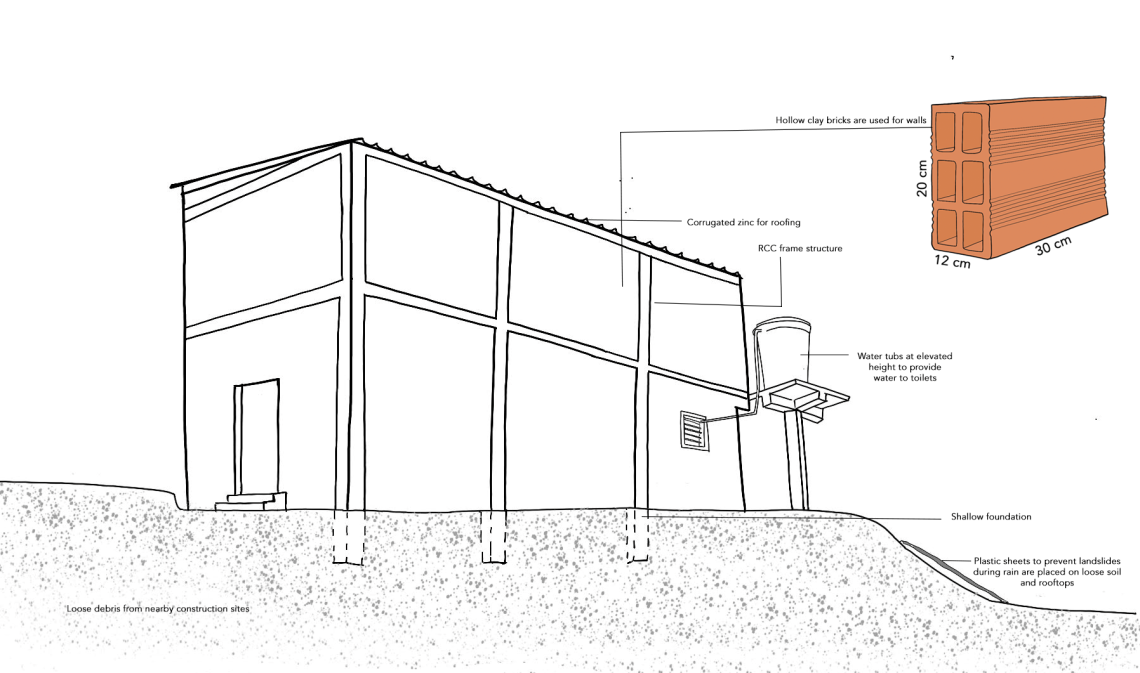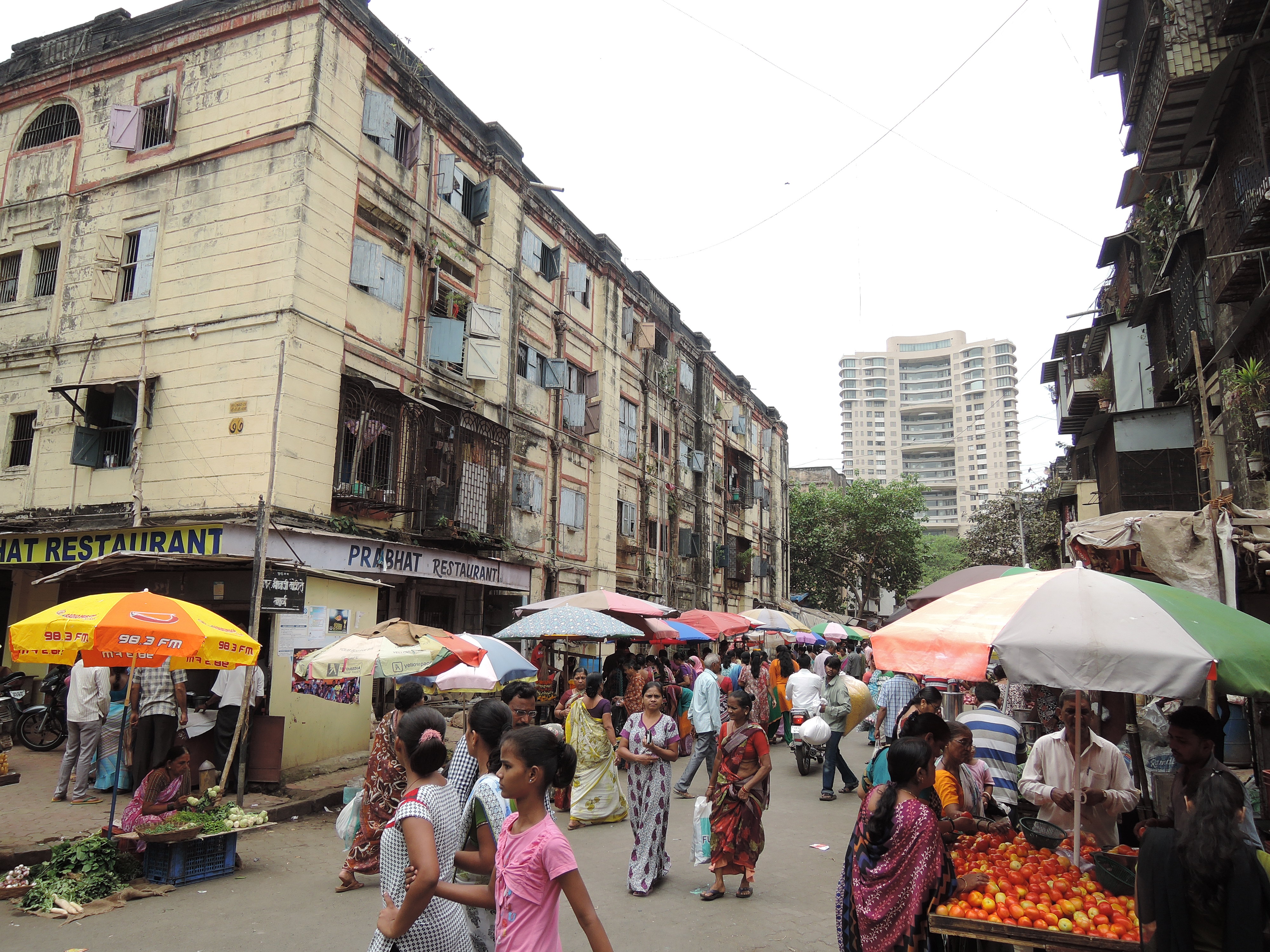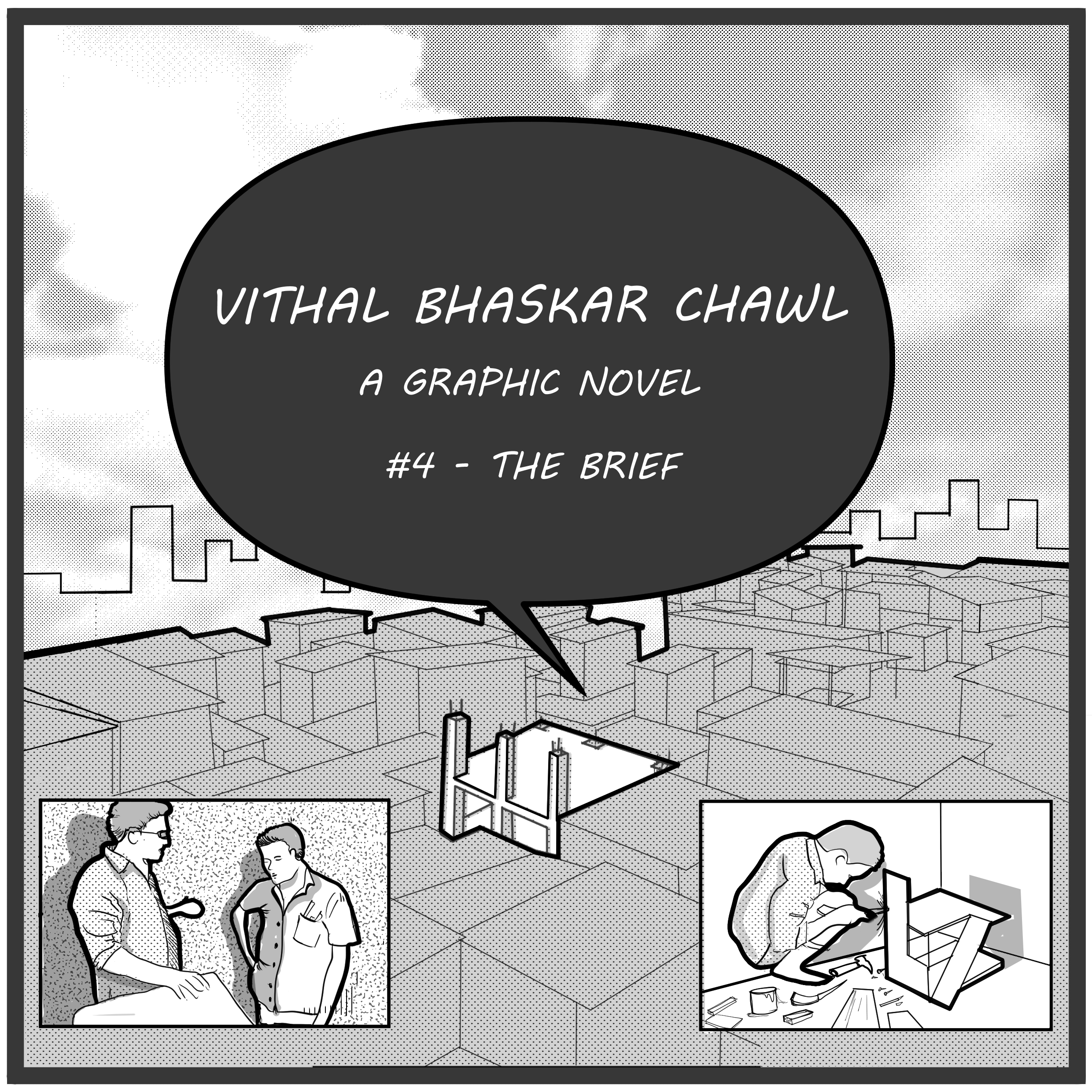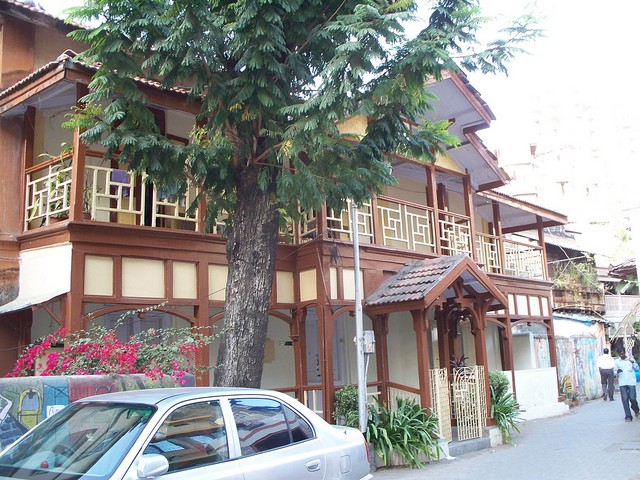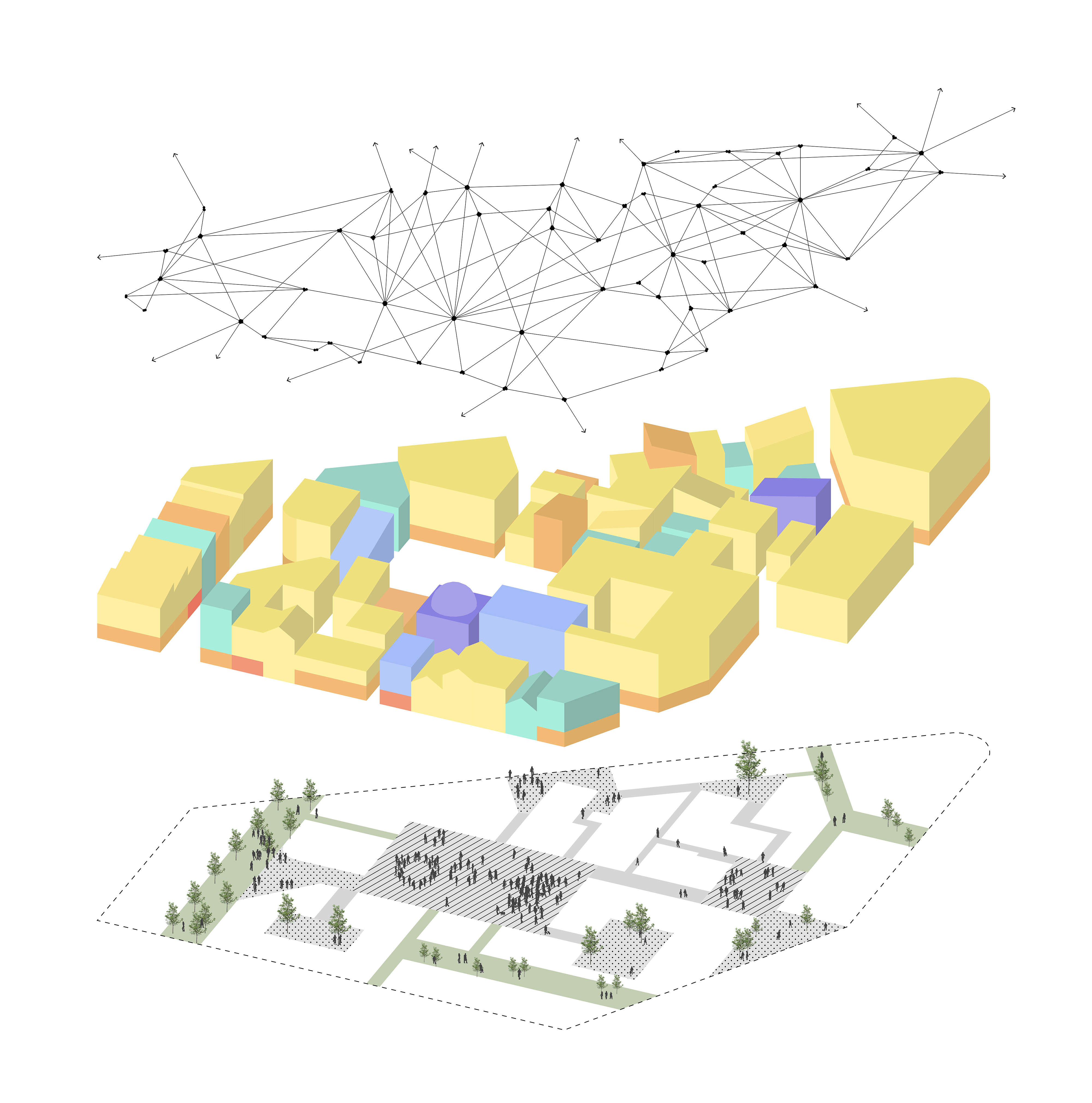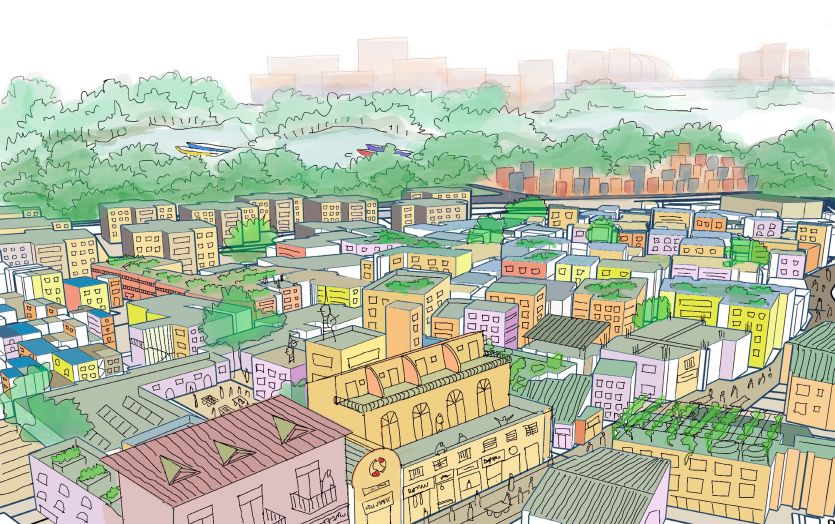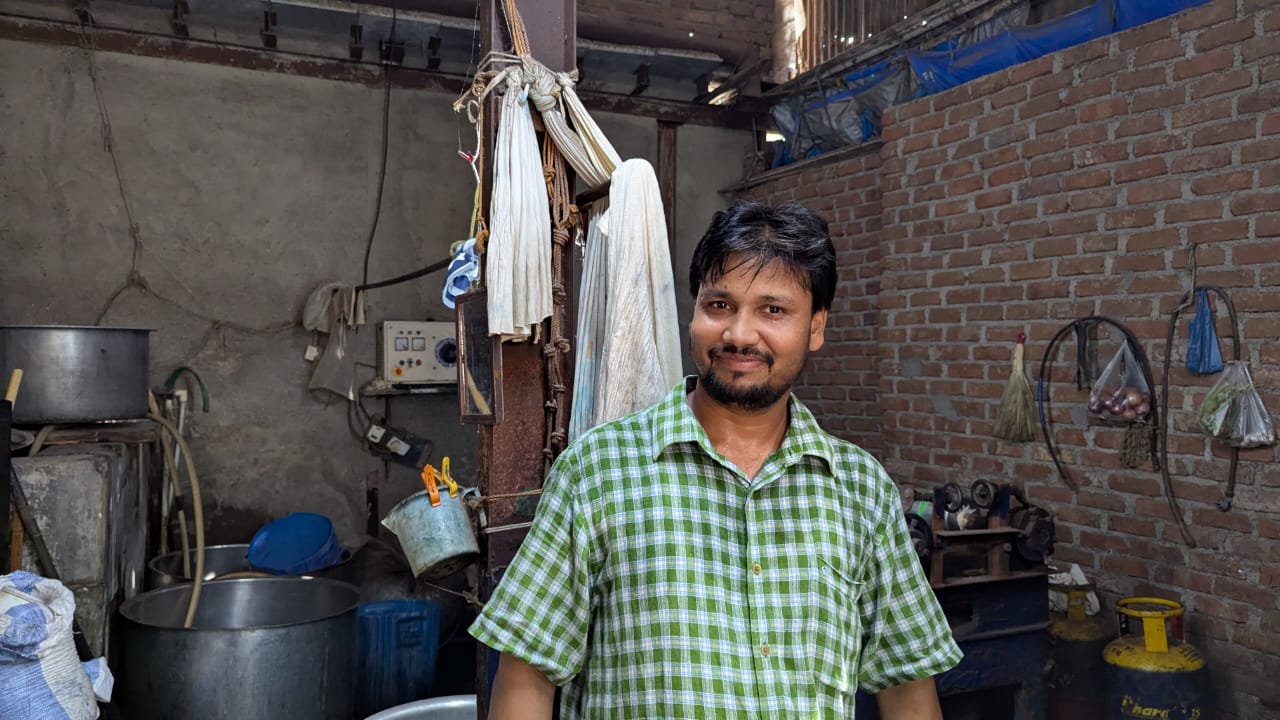Makers of Ciudad de Barrios
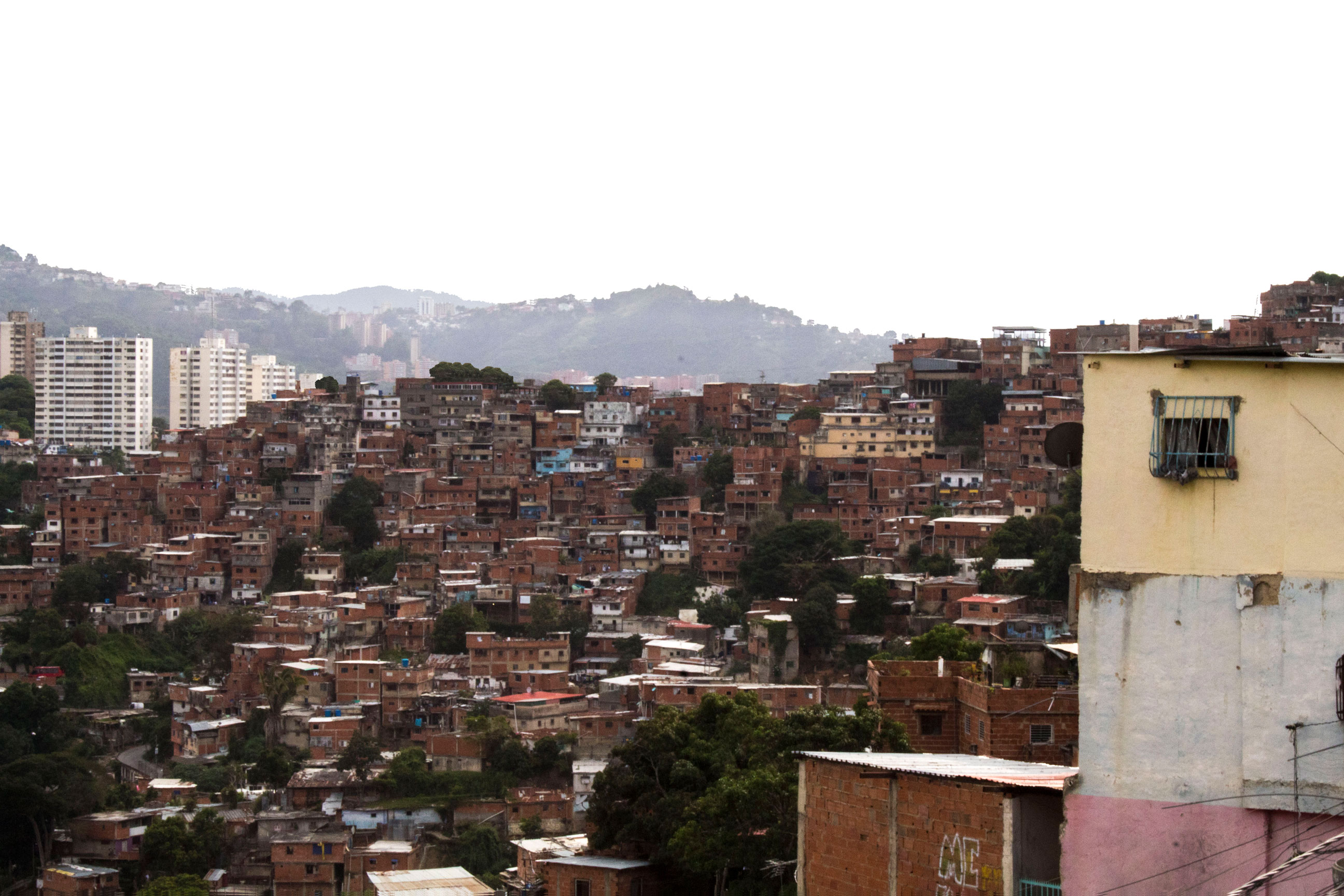
Makers of Ciudad de Barrios
Barrios of Petare: Where they are & Who builds them?
In Caracas, Venezuela, there is a stark yet seamless distinction between homegrown settlements and the formal city. The ever-changing landscape of urban forms and the current state of the relationship between the homegrown and formal are outcomes of socio-political and environmental factors that have been in play in the region for decades. More than 45% of the urban population of Caracas lives in the Barrios. Much of the low-income population occupies the west and south-western areas of Caracas, except for Petare, consisting of the largest homegrown settlement in the city, situated at the northeast of Caracas. Regardless of their locations, all of these areas have been identified as having the most socio-environmental issues.
Where governments and administrations fall short in providing adequate services for the ‘barrios’ or homegrown settlements of Caracas, the neighborhood comes together to improve their living conditions and set examples of how self-organization can have ideal outcomes. Even though the word ‘barrios’ is often used to indicate slums in Spanish, that is not what the word directly translates as. The definition of a barrio is a district or quarter, and therefore for this article and to carry through the cultural and social associations of the homegrown settlements, we will be using the term barrios as well.
Barrios are places for individuals and families to settle down, but they also provide economic and social opportunities. This can be for displaced residents of Caracas or migrants from neighboring countries such as Colombia. Barrios such as Barrio San Blas in the Petare neighborhood of Caracas have seen a gradual transformation over the years, particularly due to the efforts of the residents who chose to invest in their lands and aim for a better quality of life. The makers of these buildings, houses, and various infrastructure are majorly the residents themselves. They do not seek help from architectural firms or contractors, they get together with their families, and construction is done step-by-step and room-by-room. Creating these settlements is therefore a long-term process and is heavily dependent on the financial situation of the owners. They may receive resources and tools from their socialist government’s programs, but this is not a steady supply.
Community action, mobilisation, and self-organisation
An important feature of many self-organized and homegrown communities is the community efforts infused in the growth of the neighborhoods. Upgrading these settlements instead of relocating the residents is a better option because of the strength of community ties in the settlements which proves beneficial for self-building and organizing. For example, the most basic facilities such as sewage lines and paved streets were introduced in Barrio San Blas through the initiative of the communities. Neighbors came together to propose projects they needed to the municipal councils, making these barrios establishments of self-governance. The same happened in Barrio Juventud Bolivariana where the community bought their pipelines to introduce better water services in their neighborhoods.
For a country dealing with an economic crisis and protests against the current administration, numerous barrios in the Petare neighborhood are still economically active. There is also an influx of residents from the city who come seeking work when they lose their jobs. Many local leaders in the barrios, such as San Blas, have taken a stand against both the Chavez and Maduro administrations to ensure they could continue to regulate their development on their own terms and pace.
Women are usually key actors in the barrios- traditional gender roles that assign women to domestic and child-raising duties and their exclusion from traditionally male-dominated political spheres have increased their engagement in domestic, community-related concerns such as health and education. The culture of many women working from home and being actively present in their neighborhood translates into the presence of many female community leaders in the barrios. Women of barrios have mobilized the community to create local spaces of participation partly beyond state control, which has strengthened their negotiating power within state-sponsored programs. The shared experiences of women, together with their use of democratic methods of popular control such as local assemblies, help avoid the appropriation of women's labor by the state for their means. The dynamics of the family are such that the mother is often the head of the family, which explains the strong ties between female leaders and the community.
The residents know what their communities are most in need of in terms of public health, socializing, and recreation. They therefore often clash with entities such as FAES (used to be called Tupamaros) who are paramilitary armed forces assigned by the government to take control over barrios. Especially in Barrio San Blas, the techniques used by the FAES would often include terrorizing the residents and local leaders- yet another hurdle towards self-management for the barrios. Political agendas have repeatedly tried to drag down the progress made by homegrown settlements.
Another example includes a 20-year old barrio, Barrio Juventud Bolivariana. In 2000, a group of people from Barrio San Blas “invaded” a stretch of land between San Blas and Pomarrosa Estate. They were inspired by Chavez’s promise to redistribute land to the poor and improve their living conditions. The residents started by establishing ranchos (a derogatory term to describe self-fabricated wood and cardboard dwellings), then installing more wooden walls and zinc roofs. Even though they had trouble with transporting materials from the main road to the land, the families themselves laid blocks for their houses, and all services were assembled from within the communities and with help from surrounding barrios. Another homegrown settlement helped the Juventud Bolivariana with installing an electric cable before the city stepped in to install proper electricity services. Residents bought their pipelines and connected them to the main tube that passed from San Blas to the Pomarrosa and managed to partner with a subsidiary of the national water company, Hidrocapital. Easy mobility, the lack of which was a significant problem for the residents, was also sorted out when neighbors organized taxi services on the main road and public transport services including the barrio on their routes.
While many residents speak favorably about the role of the Chavez administration, others share the impact of the broken promises of the government. The civil association, the network of community leaders, was disbanded by the government to form the Consejos Comunales. In a locale where everyone had a right to construct and develop as per their wishes, the Consejos Comunales aimed to centralize the power distributed amongst the residents. In addition to reducing the control of the residents in their neighborhood, the government also doesn’t provide them with funding for their proposals. While international aid may be available to residents, they may not know how to obtain their funding. Since the government no longer runs special provisions and provides resources to the barrios, dependency on international aid is highly beneficial.
Homegrown despite the challenges
Ownership in the barrios of Petare, Caracas compares differently to what is witnessed in the homegrown settlement of Dharavi, Mumbai. Residents in Dharavi don’t have legal rights over their homes, but barrios such as San Blas pride their ownership of their lands and homes. Even though some localities struggle with tenures, they still have “títulos supletorios” or supplementary titles that validate the self-development taking place on the land that isn’t owned by them. There is also an important distinction to be made about who takes on the duties of constructing these neighborhoods. Dharavi residents can call upon contractors who visit the site and begin construction with no formal architectural plans or maps, whereas in the barrios of Petare residents congregate with their family and friends to build their homes over a longer period. Other regions in Petare have also seen instances of vertical homegrown settlements, for example in the case of Torre David. Torre David is an incomplete skyscraper that stopped construction in 1994. The structure has become a space for living for many people who modified the interior to suit their needs, for example by bringing in electrical facilities.
The challenges faced by residents of barrios include isolation from their position in the hills surrounding the valley where Caracas is situated, often making access to their work and other facilities difficult. Dharavi’s location in the heart of Mumbai and ergo its proximity to multiple modes of transport, trains, buses, (and soon the metro!) serves as a convenience for the mobility of residents. The presence of toolhouses and various economic activities in the neighborhood also ensure easy access to work opportunities for many residents and communities.
Both homegrown settlements are in the same boat in regards to the urgent need for resiliency initiatives. Dharavi faces risks from heavy monsoons, flooding, and waterlogging that are often intensified by clogged drainage networks. Similarly, the barrios in Petare also face dangers from landslides especially when it rains. Their location on steep hills acts as a disadvantage not only in disconnecting them from the city in the valley, but also puts the neighborhood at risk from landslides indicating that they need durably constructed infrastructure. Residents have to cover their roofs with plastic sheets to prevent the leaking of water into their homes and scoop out water that does permeate through. Most settlements are also built upon landfills consisting of debris from other construction projects, making the soil unsuitable for constructing sturdy structures.
The efforts by the government to centralize power in the barrios and deployment of the FAES can act as a major block towards the self-organisation of the homegrown settlement. These settlements have been able to thrive and provide basic necessities to many families through their efforts and initiatives. They assemble, plan, and build based on their vision of the future and the necessities of their families. They have shown extreme resilience in the act of constructing their barrios, whether it is in occupying spaces, acquiring resources and materials, or introducing basic facilities such as running water or electricity. Their desire to obtain a better quality of life has pushed them to flourish despite the hindrances from their physical environment and governments.
